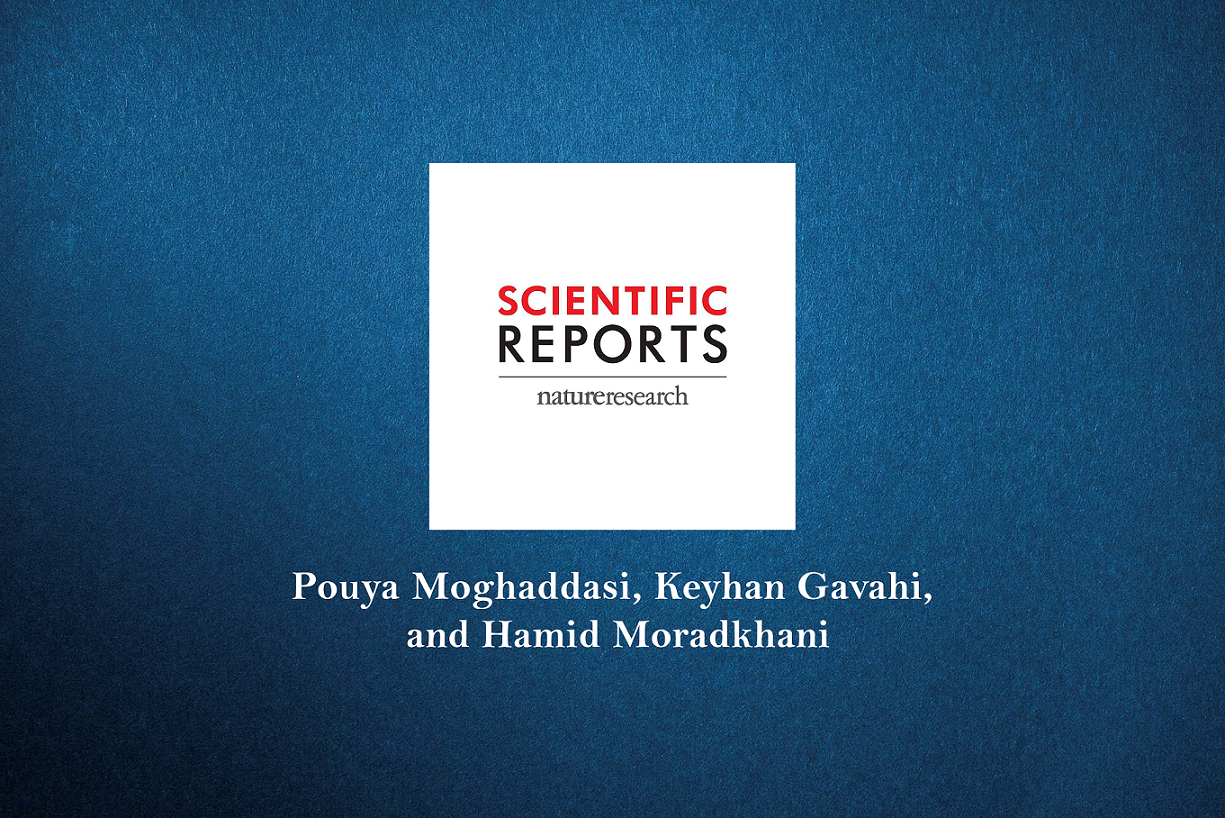Snow plays a crucial role in water resource management, acting as a natural reservoir that sustains agricultural, domestic, and ecological needs. However, declining snowpack poses significant challenges to water availability, particularly in snow-dominated regions. This study explores the relationship between Snow Water Equivalent (SWE) and streamflow in snow-dominated watersheds using the Long Short-Term Memory (LSTM) model and probabilistic analysis. While LSTM model is typically used for prediction, we employed it primarily to understand how snow affects streamflow. Our analysis yielded several key findings: (1) By analyzing multiple SWE products, we found a strong relationship between SWE and streamflow, particularly with a lookback of 60–90 days. (2) The University of Arizona (UAZ) dataset consistently provided the most reliable results, showing that SWE during winter significantly influences streamflow in spring and summer. (3) Our spatial analysis revealed that basins in the western United States consistently exhibited strong model performance, underscoring the robust relationship between SWE and streamflow in these snow-dominated regions. (4) Our probabilistic analysis revealed a systematic progression from snow drought to hydrologic drought, with the likelihood of hydrologic drought increasing from 0.32 in early phases (0–14 days) to over 0.8 in later phases (60–90 days). This progression provides an early warning indicator for hydrologic drought, improving our ability to anticipate and prepare for drought conditions in snow-dominated regions….Read more

